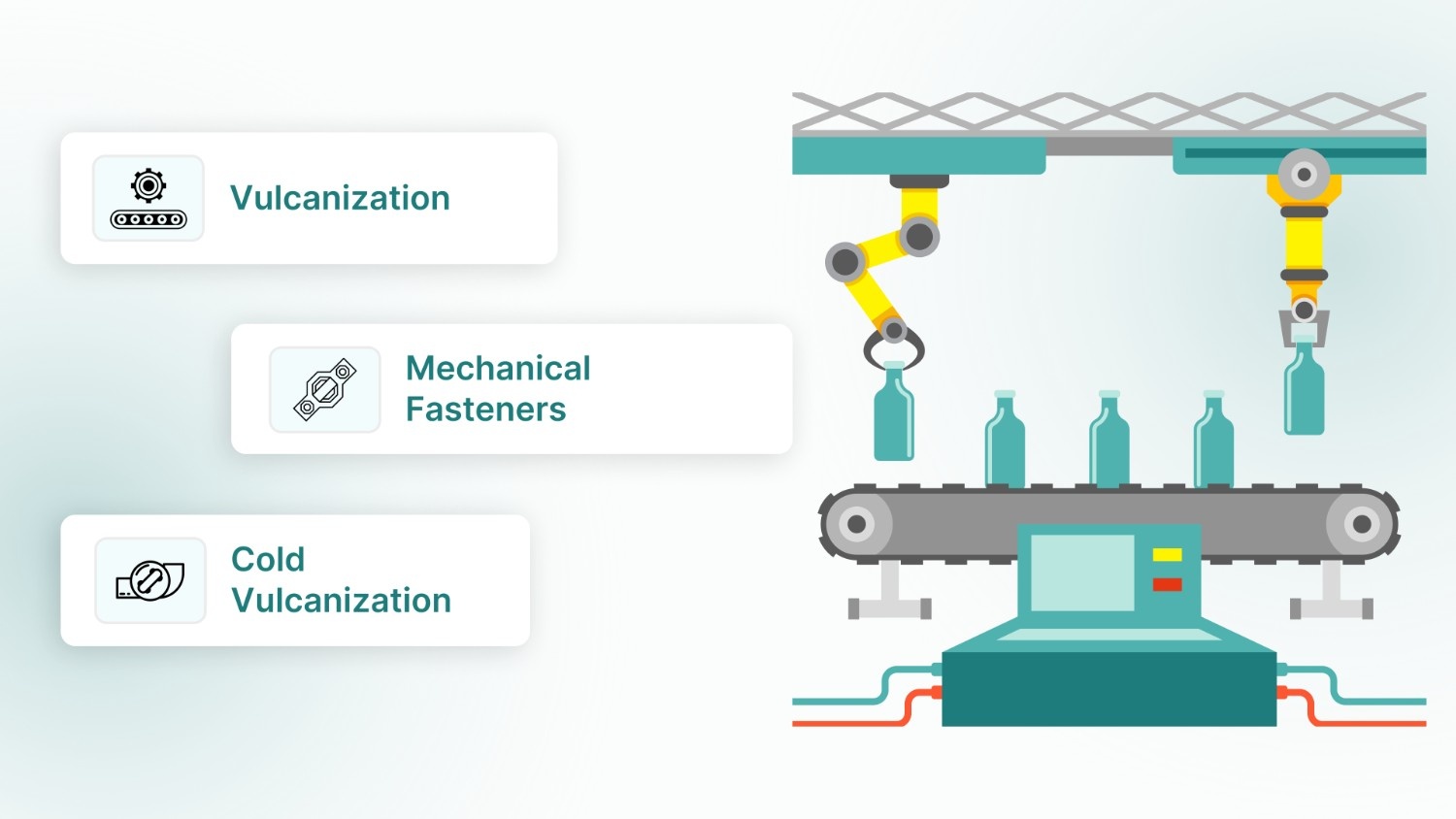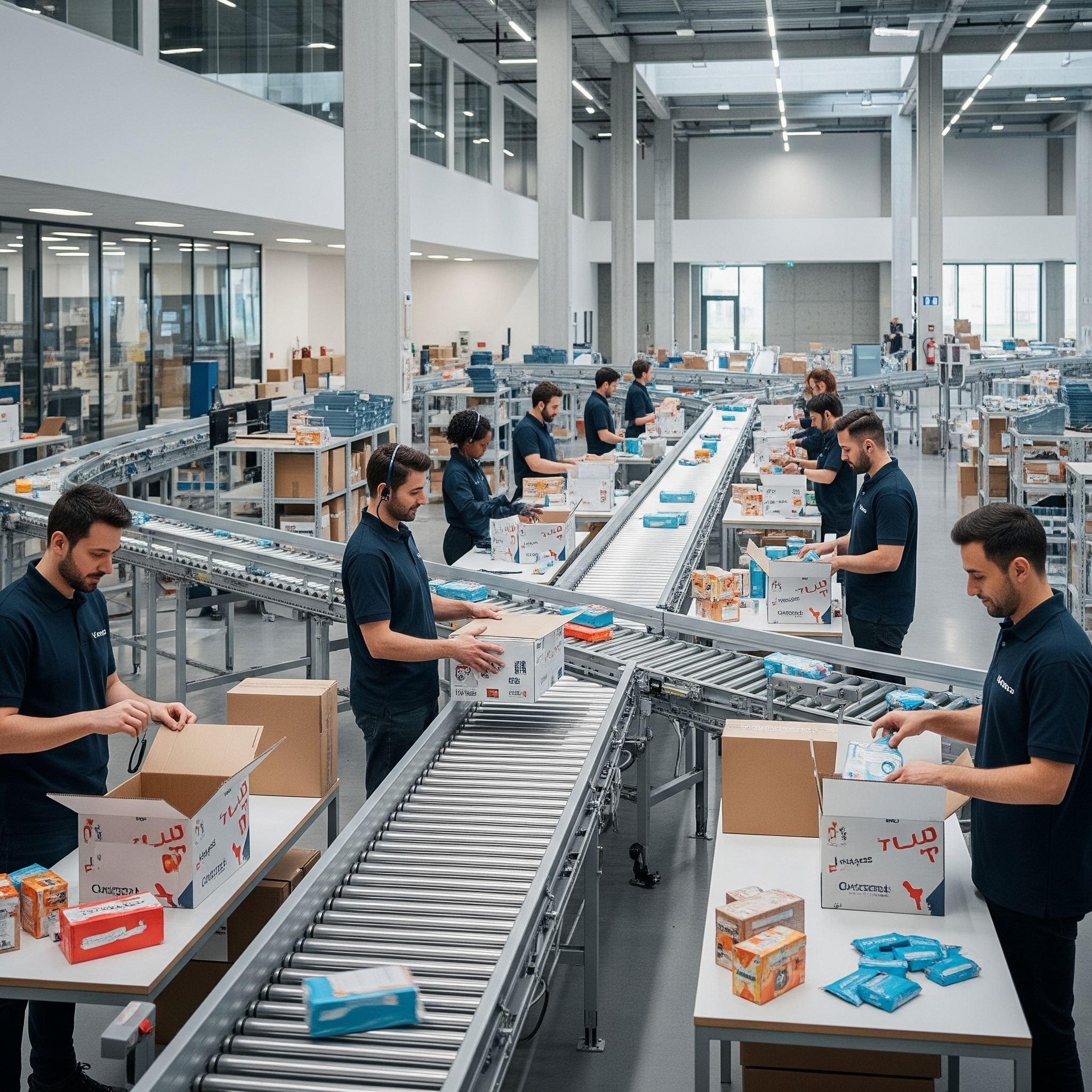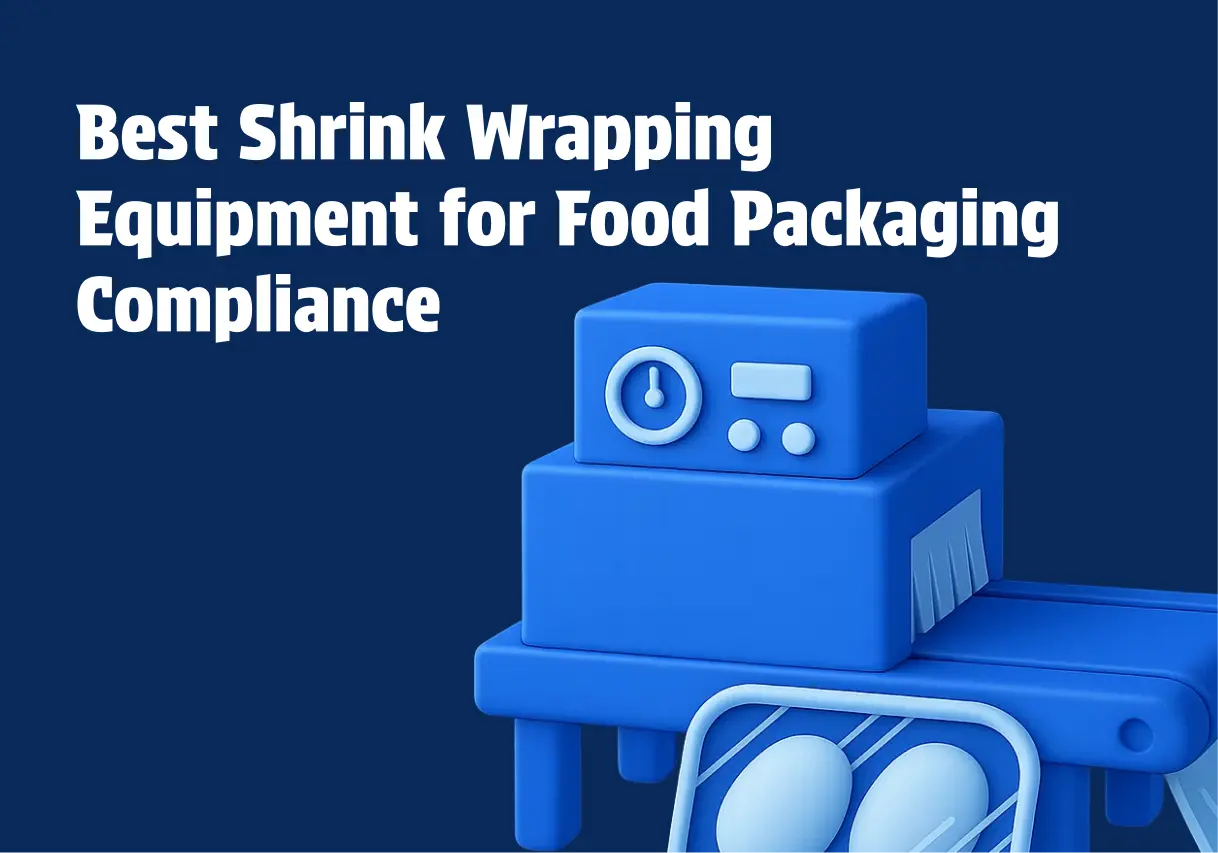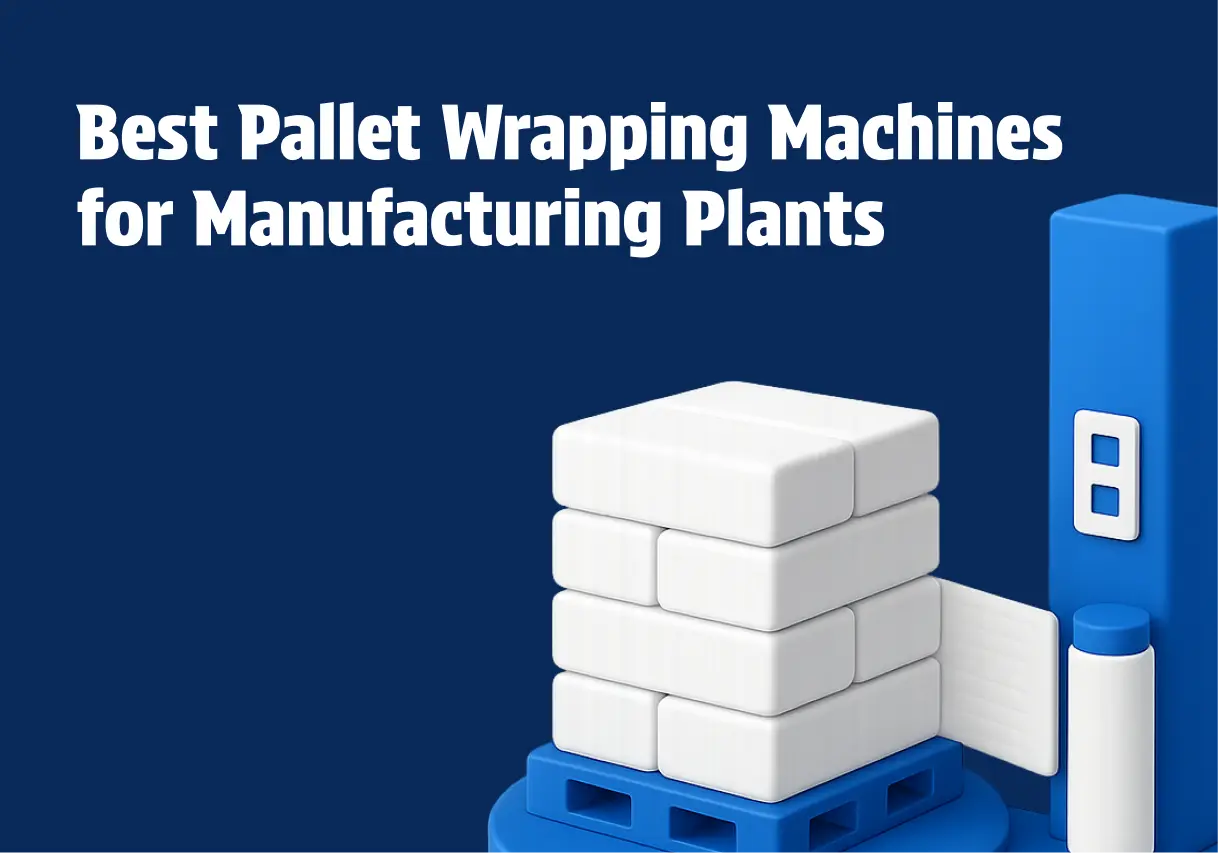When a conveyor belt stops working, your whole operation can get stuck. If you're in charge of maintenance or engineering, having a good plan for conveyor belt repair isn't just smart, it's essential. Fixing things quickly and correctly can save you from a major, costly shutdown. The main goal is to get your plant running again as fast as possible, so you don't lose time or money.
Understanding Conveyor Belt Damage
Conveyor belts can get damaged in many different ways, from small issues to big failures. Minor problems like strings and frays might seem easy to fix, but they can be a warning sign of something bigger. More serious issues like rips, tears, and bad splices are major problems that can cause the belt to fail completely if you don't handle them right away.
A good rule of thumb from the National Industrial Belting Association (NIBA) is to think about replacing the belt if the damage covers more than 25% (a quarter) of its width. This helps make sure the belt stays strong and reliable.
To avoid these problems in the first place, especially if you move heavy goods over long distances, it's a good idea to invest in strong equipment. Companies like SOCO SYSTEM make conveyor solutions that are built to last.
A great example is the SOCO SYSTEM Belt Conveyor with Roller Bedding. It has a strong steel frame and quiet plastic rollers, making it perfect for both new and existing systems. The roller bedding design works well for longer conveyors (over 5 meters), giving you a dependable and affordable way to move products over long distances.
Specifications:
- Frames: Electro-galvanized steel
- Width: Available from 200 mm to 600 mm
- Length: Available in lengths from 0.75m up to 10m
- Drive: Can be fitted with a frequency control system
Conveyor Belt Repair Methods

When a belt breaks, you have a few ways to fix it. The right method depends on the damage and how quickly you need to get back to work.
Vulcanization
This is the most reliable way to fix a belt. It creates a permanent, seamless connection by using heat, time, and pressure to bond the new belt material to the old. The result is a repair that's often as strong as the original belt, with no weak spots. This method is the best choice for belts that handle a lot of stress or operate in rough environments.
Mechanical Fasteners
Mechanical fasteners are a fast and easy solution, using metal plates and bolts to join the belt ends. They're great for temporary fixes or when vulcanization isn’t a good option. While they aren't as strong as a vulcanized splice, they can get your line running again with minimal downtime. They're a solid choice for belts that aren't handling food.
Cold Vulcanization
This method uses special glues to bond belt sections together without heat. Cold vulcanization is the least popular choice because it takes a long time to set, which means more downtime. It's usually only used when you absolutely can't use heat for a repair.
Rip Repair Best Practices
When you have a rip or a tear, acting fast is key to stopping the problem from getting worse. Here’s how to handle different types of damage:
- For small punctures: A standard bolt solid plate fastener is your best solution here. It's a quick fix that reinforces the damaged spot and stops the tear from spreading. To use it, you place the fastener over the hole and tighten the bolts. This pulls the two sides of the belt together, creating a strong patch that can handle the stress of the conveyor system.
- For larger holes: If you have a bigger hole, you need a more substantial fix. Use a proper belting patch and secure it with fasteners. First, you'll cut a patch from a spare piece of belting to cover the hole completely. Then, you'll use mechanical fasteners around the edges to securely attach the patch to the existing belt. This restores a larger surface area and gives you a much stronger repair.
- For lengthwise rips: This is a serious issue. You'll need to use bolt solid plate fasteners along the entire length of the tear to hold the two sides together. The trick is to install these fasteners in a staggered pattern, not a straight line. This distributes the tension more evenly and prevents the rip from getting longer. It creates a stable, temporary fix that allows you to run the line while you prepare for a more permanent repair or replacement.
Temporary Repairs

Sometimes you just need to get the line running again, no matter what. That’s where temporary fixes save the day.
- Turtle Fasteners: These are designed specifically for quick fixes. You can install them in a flash to bridge a tear or fix a hole, which means you can get production going again while you plan a permanent solution. They're a great option for light to medium-duty belts where you need to get back up and running right away.
- Rivet Fasteners: For lighter-duty belts, these are a fantastic option. They're super easy to install, even in tight spaces, and you don’t even need to pre-punch holes. They give you a strong, low-profile splice that won't pull out easily, making them a great choice for a fast, reliable temporary repair.
All-Plastic and Modular Belting Repairs
Fixing all-plastic and modular belts is usually a lot easier than fixing traditional fabric belts. Non-plied plastic food-grade belting is especially simple; you can just cut out the bad section and splice it back together.
Modular belting is designed for easy repair. If a single module gets damaged, you can often just pop it out and replace it with a new one. This simple process means you can get things back on track incredibly fast.
For businesses that handle food or other sensitive items, SOCO SYSTEM's food-grade conveyor belts are a smart investment. They’re built to high standards, which reduces the risk of contamination and gives you a reliable solution that won’t need constant repairs.
SOCO SYSTEM Food Conveyor Belt
This special belt is a perfect fit for food and medicine production. Its smooth, tough surface and hygienic design are key to keeping your production environment clean and safe.
Specifications:
- Material: Made for food-grade use
- Design: Smooth surface for easy cleaning
Another fantastic option for a dependable conveyor system is the SOCO SYSTEM Roller Conveyor with Gravity Drive. These conveyors don’t need power to move goods—they use gravity! They’re ideal for sorting, moving, and creating buffer zones, and they’re easy to add to your existing production line. Their modular design and adjustable height make them a flexible and reliable solution for all kinds of jobs.
Specifications:
- Rollers: Available in various materials and diameters
- Frame: Electro-galvanized steel
- Height: Adjustable with threaded spindles
Final Thoughts
Quick and effective conveyor belt repairs are non-negotiable for any plant manager who wants to minimize downtime and keep things running smoothly. Knowing the different types of damage and the right way to fix them, from permanent vulcanization to quick mechanical fasteners, is essential. You always have to weigh whether a repair is practical or if the damage is so bad that you need a full replacement to keep the belt safe and sound. With the right tools and know-how, you can keep your conveyor system humming along.
Need the right fasteners, repair tools, or even a new, tough conveyor system? John Maye Company has a huge selection of packaging equipment and supplies. Get in touch with us today to find exactly what you need to keep your operations moving.
Frequently Asked Questions
Q: What's the biggest difference between vulcanization and using mechanical fasteners?
Vulcanization creates a permanent, seamless bond by using heat and pressure to melt the belt ends together. It's the strongest and most durable repair you can get. Mechanical fasteners, on the other hand, use metal plates and bolts to join the belt ends. This is a quick, temporary fix that's easy to install but isn't as strong or smooth as a vulcanized splice.
Q: How can I tell if my conveyor belt needs a repair or a full replacement?
A good rule of thumb is to look at the size of the damage. If a rip or tear is bigger than 25% of the belt's width, it’s usually more cost-effective and safer to just replace the whole belt. For smaller rips, tears, or worn spots, a repair is a perfectly good solution.
Q: Are all conveyor belt fasteners the same? How do I choose the right one?
No, fasteners come in many types, like bolt solid plate, rivet, and wire hooks. The right one for your job depends on the thickness and tension of your belt, as well as the size of the smallest pulley. You have to match the fastener to these specs to make sure your repair is strong and safe.
Q: Can I fix a conveyor belt myself, or do I need to hire a pro?
For temporary fixes using mechanical fasteners, many maintenance teams can handle it with the right tools and a little training. But for a strong, permanent vulcanized repair, you really should call in a professional technician. They have the special equipment and expertise to make sure the job is done right and is completely safe.
Q: What are the signs of a bad conveyor belt repair?
A poorly repaired belt might wear out quickly around the splice, have a visible gap where the belt was joined, or have an uneven surface that causes material to spill. You might also hear strange noises, feel vibrations, or notice the belt isn't tracking straight.
Q: How can I stop my conveyor belt from getting damaged in the first place?
The key is regular maintenance. This means doing routine checks for wear and tear, making sure the belt has the right tension and alignment, and keeping the belt and all its parts clean. Using a high-quality, durable belt from a trusted brand like SOCO SYSTEM can also drastically reduce the chances of damage.

Blogs

Best Shrink Wrap Machines for Your Business
Discover the best shrink wrapping equipment for food packaging compliance. Conflex offers high automation. Increase efficiency now!

Top Banding Machines for Packaging Solutions
Find top banding machines for small to mid-size packaging lines! Discover flexible automation options and sustainability features. Optimize efficiency today!

Best Pallet Wrapping Machines for Manufacturing Plants 2025
Explore the best pallet wrapping machines for manufacturing plants in 2025. Learn how to choose, compare key models, and reduce wrapping costs.
